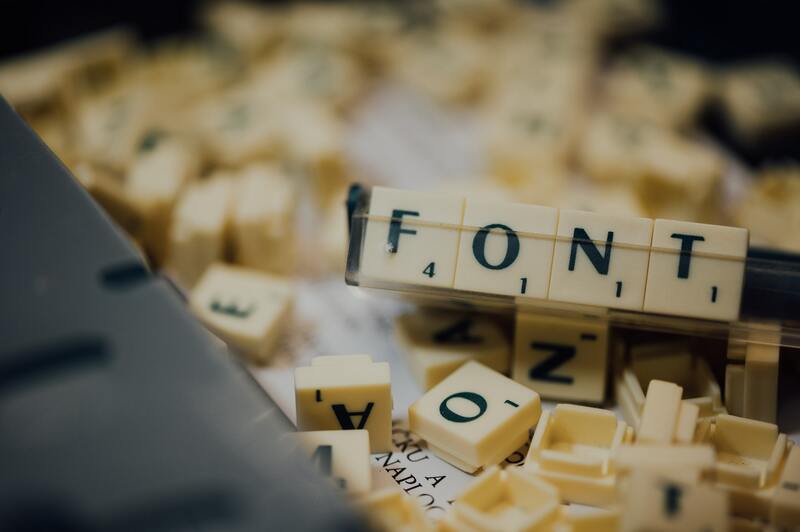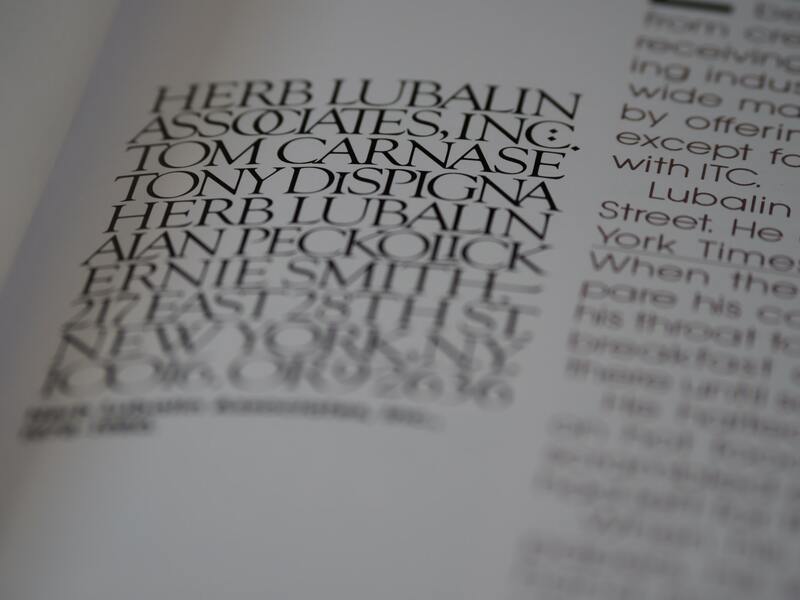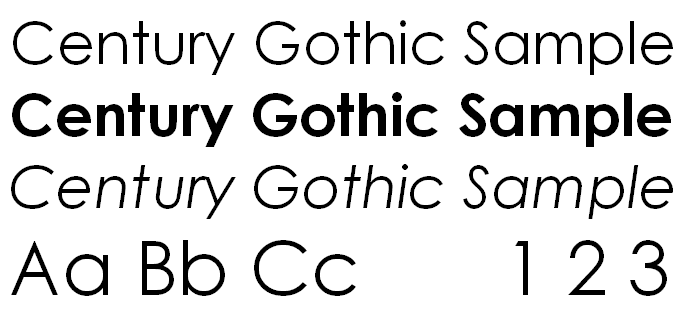Even to this day, the use of two typography elements, such as font vs typeface, still gets mistaken to have the same meaning. They are used interchangeably, and many people are not aware that both terms refer to two different meanings but are closely related.
People are unbothered by the difference as long as they understand what is being referred to. Even though this problem of being unable to make a difference between font and typeface does not arise any issue among commoners yet, won’t you feel ashamed when somebody asks about it and you do not know how to answer?
Well, worry not! Here we will give you a complete elaboration on the history of font and typeface so there will be no further debate or confusion about it. Besides, we provide an explanation of both terms and their relation to typography and graphic design. Hopefully, this article can clear up the debate as well as give more insight into the terms.
The Difference Between Font vs Typeface

Let’s begin with a little warm-up question. What do you think about Helvetica? Is it a font or typeface?
Most people think that Helvetica is a font, but actually, it is a typeface. So, what’s the difference? A typeface is a whole family of fonts consisting of a collection of related fonts with different styles, weights, and widths. There are three types of a typeface in typography: Serif, Sans-Serif, and Decorative.
Helvetica is a sans-serif typeface, and it consists of a collection of fonts, with each font having a specific weight, style, and size. Helvetica is the typeface, and the fonts could be Helvetica Pro Light, Helvetica Pro Bold, Helvetica Pro Black, etc. Hence, fonts refer to a more specific form within the typeface family.
Is it clear enough up to here? Let me give another example. EB Garamond is a typeface; it is a serif typeface. It comprises some font types such as EB Garamond Normal, EB Garamond SemiBold, EB Garamond Extra-Bold, and more. Fonts can differ in thickness, design, and size.
Confusion usually arises because once you download a typeface and install it on your computer (Mac), you have to select it from the “Font menu.” That explains why most people think that the term “font” refers to the whole family of fonts.
It is not a big deal when you are confused about the referent; however, as a UI designer, you better learn about it so you won’t be red-faced when your creative director asks you to give the thorough details of the typeface you used in a project.
As a designer, how you choose the typeface is very important. It plays a big role in representing the identity of your brand. How you choose certain weights and styles of the font matters to display the aesthetic elements that the brand wants to show the world. Take an example, in the world of packaging, EU law demands that the text in the nutrition declaration be in a minimum size.
According to Dave Sedgwick, the founder of Studio DBD in Manchester, the terms “font” and “typeface” nowadays are often used interchangeably. Besides, the clients are not bothered by the difference as long as they can present a simple and straightforward definition to them. It helps not to overcomplicate things. In a nutshell, a typeface is an artist, and the font is the song.
A History of Font vs Typeface

The history of printing began with the roots of differentiating a font and a typeface. The word font is derived from the Middle French “Fonte.” It has the meaning of cast in metal. Fonts are made from a cast of complete sets of metal letters using printers. The common design of fonts creates a typeface.
The origin where the upper and lower case is found is from a box containing a specific font of two cases; one for capitals and the other one for small letters. Page layouts are made from the block text that is assembled letter by letter. Then, it will be rolled with ink before finally being pressed onto paper to make prints.
Basically, in pure computing terms, there is no difference between a font and a typeface. After you install the Helvetica font on your computer, you can easily use the entire typeface. Compared to the traditional typesetter, which had a font labeled Times Roman 7pt, now you can immediately change and pick the font you have on your computer because the size is not important (moreover on Mac).
Does the Difference Between Font and Typeface Matter?

As stated by a typographic designer, Paul McNeil, the distinction between the two terms serves a purpose to the people who understand it, for instance, people who have learned about graphics, typography, or type design.
Furthermore, when the discussion takes outside the English language, it will serve more complicated meanings. It is because the terminology in different languages, such as German, Austrian, Danish, Dutch, and more, are all distinctive. Hence, Brini Fetz, co-founder and creative director of Copenhagen studio, pointed out that it is essential to distinguish between the two terms when we want to express ourselves properly.
Added by Sedgwick, the difference is not that important. What’s more necessary is the genuine desire to learn and seek more answers for new knowledge. He also is not sure if, nowadays, design students learn about the basics of type in the correct language.
In conclusion, there is indeed a difference between font vs typeface. A typeface is a whole family of font collections, and fonts refer to a specific style with different widths and weights that belong to the same typeface family. It is not a big deal when the distinction is invisible to the commoner. Yet, as a typographer knowing the differences provides you with many merits when working on your project.
